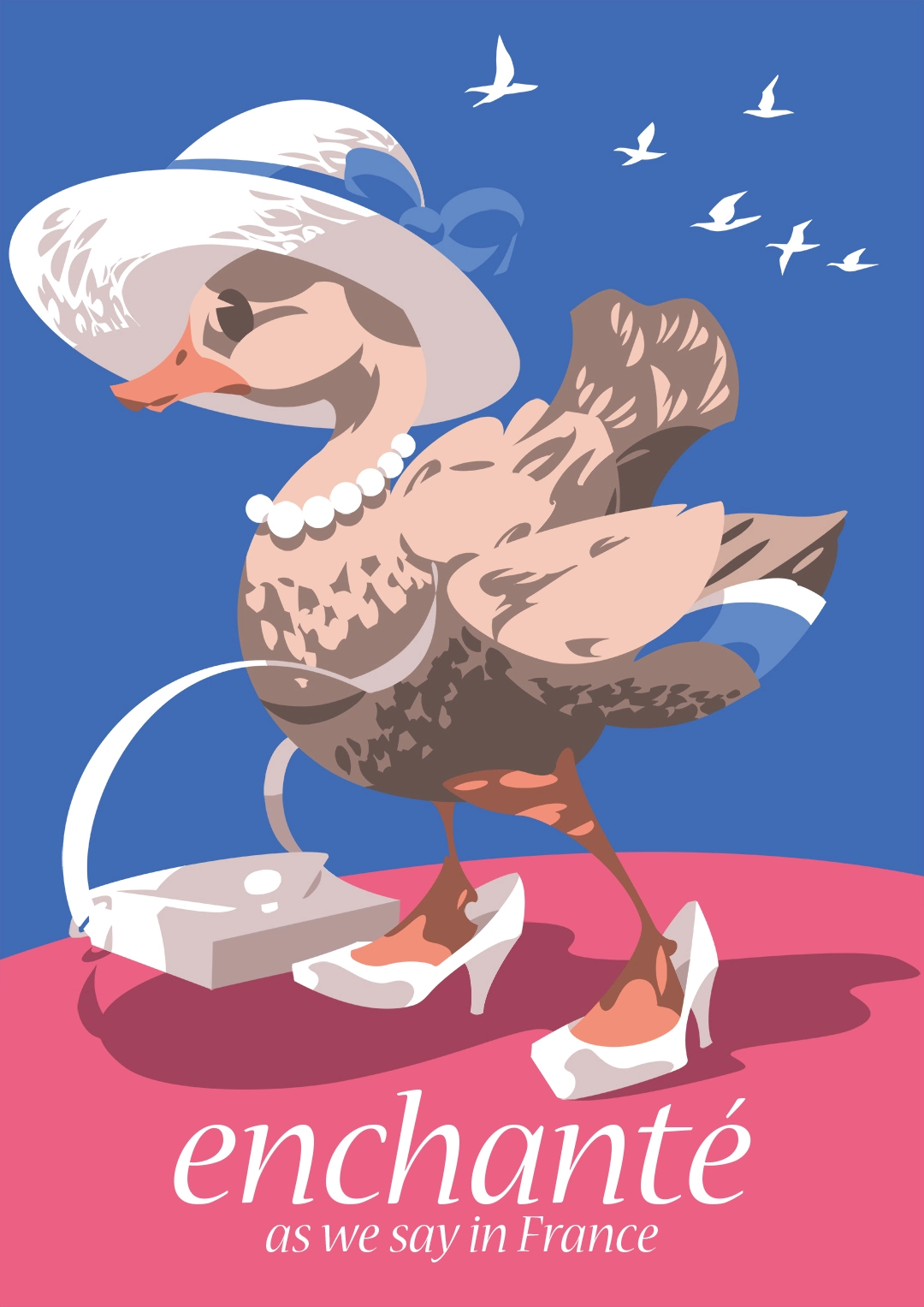
Revealing the Language of the Illustrated Travel Poster
The travel poster of the early 1900s did not only depict attractive destinations. It also persuaded prospective buyers with images of what could be their future fulfilment. Commercial artists of that period were tasked with showing people enjoying scenic locations, and the comforts of passenger travel. This can be seen in the works of Tom Purvis, Frank Sherwin, and Percy Trompf to name a few. To travel was presented as something for the sophisticated and glamorous, and as the art critic John Berger once wrote, glamour is “The happiness of being envied”.
The Lingua Franca of Marketing
Due to the commercial nature of the travel poster, the unambiguous image was typically met with the explicitness of written text. The esteemed designer/publisher, Adrian Shaugnessy, has described this as the lingua franca of marketing. Being that travel posters were made to be seen by passers-by, the destination and strapline were read at a glance. This placed added importance on concise copy and legible typography. In this market, commercial artists were commissioned by travel agencies, tourist boards, and passenger travel companies operating by land, air and sea. Though commercial posters would later become the remit of graphic designers, the travel poster reminds us of what can be accomplished when coupling design sensibilities with illustration skills.
The travel landscape has changed immensely in the last hundred years. This has contributed to an active secondary market for reprints and original travel posters of that bygone era. Prices range between a few hundred, to tens of thousands of US dollars. The irony is there may now be more glamour in owning a valued poster than visiting the destination it publicises.
The Digital Poster
Today there is less call for printed commercial posters where there are outdoor LCD screens. These make possible animated movement, aid viewing during the nighttime, and ease any corrections that may be necessary. Translation and localisation are certainly more easily addressed with digital posters, and though energy is continuously used to power the screens, this reduces the heavy environmental footprint of paper based reproduction. Overall, it is reasonable to anticipate that many physical posters will be phased out in favour of their digital counterparts.



























